As the causes of the fire at Grenfell Tower in North Kensington last week begin to become clearer, government bodies and the property industry are asking themselves some searching questions about how to prevent tragedies like this in future.
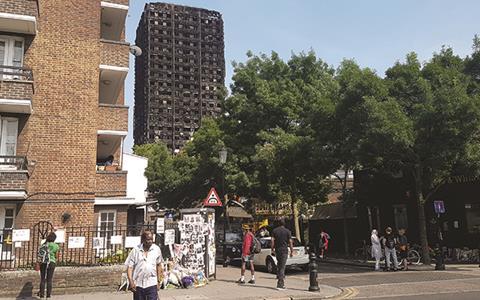
The immediate priority is to rehouse the survivors of the fire. Reports this week claimed that families could be rehoused hundreds of miles away from the tower, as far afield as Preston. But the Grenfell Response Team - a pan-London organisation co-ordinating the response to the tragedy - says that those stories are false.
Every survivor will be housed in Kensington and Chelsea or in neighbouring boroughs, according to a spokesperson, and nobody will be rehoused in tower blocks.
The property industry has also stepped up. A number of major names have pledged support to LandAid’s campaign and St Edward, the joint venture between Berkeley Group and Prudential, has sold 68 flats at its Kensington Row development to the council, reportedly at cost price, to rehouse survivors.
As the response finally kicks in, the question now is: what can be done to prevent another Grenfell?
Much of the initial focus will inevitably be on the role the cladding played. Communities secretary Sajid Javid has asked local authorities and other registered providers of social housing to identify whether their properties have cladding made from aluminium composite material (ACM) - the material that may have contributed to the spread of the fire.
Any cladding of this type that is identified will undergo a “rigorous, government-funded testing process”, he says, adding that ACM cladding is not dangerous provided the right type is used.
Call to action
LandAid, the property industry charity, launched a two-week appeal on Monday to help raise funds for those affected by the fire.
As of Thursday, the industry had pledged more than £120,000 to go directly to the British Red Cross’s London Fire Relief Fund.

Knight Frank, Land Securities, Grosvenor, SEGRO and British Land are among the firms to have so far pledged their support. Grosvenor has also offered accommodation for those affected and SEGRO has offered storage facilities in nearby Westway.
LandAid chief executive Paul Morrish said: “The money raised will go directly to help rebuild the lives and communities of those affected.”
In addition, the new housing minister Alok Sharma has met with housing sector representatives, including the Home Builders Federation and the National Housing Federation, to discuss what action needs to be taken.
However, ministers have been accused of failing to heed warnings about fire safety in social housing. According to a BBC Panorama documentary aired this week, the All-Party Parliamentary Fire Safety and Rescue Group sent a series of letters to MPs following a fatal fire at Lakanal House, south London, in 2009.
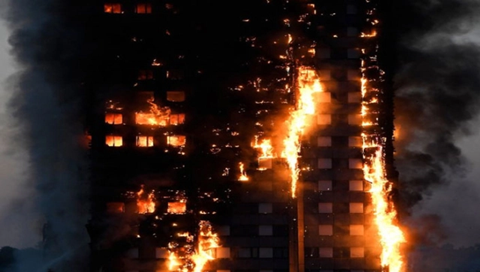
These raised concerns about “combustible material” used in cladding and insulation and claimed that there were around 4,000 older tower blocks in the UK without automatic sprinkler protection.
“We as an industry have been alive to the risks of composite panels for some time now,” says David Williams, technical director at AXA Insurance, adding that panels filled with polystyrene are “terrible” from a safety perspective and more appropriate for a supermarket. “We have been trying to lobby to make sure there is awareness and that building regulations are appropriate so [developers] don’t just go with the cheapest option,” he says.
Given that UK building regulations on sprinklers are “incredibly lax” compared with those in other European countries, the stark reality is that if another tragedy is to be averted, developers will have to review their housing schemes, older stock in particular.
Look again
“Developers need to look at the minimum standards they would insist on as part of a brand-new property and consider cascading that on to existing stock,” he says, adding that the high costs of bringing older blocks up to standard are likely to mean widespread demolition and redevelopment.
Housebuilders, too, will be reassessing their schemes. A spokesman for the Home Builders Federation says its members are “individually doing their own checks”, but that he does not expect a huge number of issues to arise as newer buildings are built to a “very specific set of requirements”, with protected access routes, escape routes and alarms in every home.
“The building regulations affecting new-build are much tighter than they were back in 1974 and all new tall buildings now have sprinklers,” he says, adding that any lessons that emerge from the investigation into the cause of the tragedy will be taken on board. “After something like this, you’ve got to look at everything.”

Harry Downes, managing director of build-to-rent developer Fizzy Living, agrees that modern buildings are built to far higher standards and says his company is contacting each of its tenants to remind them of fire safety drills, which include advice to tenants to remain in their flats in the event of a fire.
“If the building has been built to its original specification with modern building regulations that are met, it has been designed so that it’s safer to stay in your flat because it should be fire blocked and gives the fire brigade time to put a fire out,” he says. “It’s where something goes [outside] those regulations that it all goes wrong.”
Redeveloping and refurbishing older buildings can be a “more complicated” task, Downes adds, but again should be perfectly safe. “You’ve got to link what you’re doing with how it was designed in the first place,” he says. “In my previous days at the Manhattan Loft Corporation, we took old buildings and gave them a new lease of life. We took them back to the concrete frame and started again. So you can do it properly.”
In terms of the impact on the market, Downes predicts that some residents of towers may move out in the short term because of the horror of the Grenfell fire, but that long-term demand for high-rise living will remain. “I completely respect their choice, but we need tall buildings; we need density,” he says.
This sentiment is echoed by Paul Swinney, principal economist at think tank Centre for Cities. “We have seen a trend for young professionals wanting to live close to city centres and to do that you have to build up rather than build out,” he says. “We suspect those trends will continue and hopefully lessons from Grenfell will be learned. We would hope the construction industry has learned them already in the last 10 to 15 years.”
Sadly, that does not appear to have been the case in some quarters. One thing is for sure: there won’t be anywhere to hide if lessons are not learned.
First-hand account
Grief, anger and disorganisation
I was shocked when I saw the blackened shell of Grenfell Tower, as I was seeing the hundreds of ‘missing’ posters lining the streets around the building, some showing children as young as 12 still unaccounted for. The grief in the area was palpable, with friends hugging and offering their condolences for lost loved ones.
But what was also striking was the lack of organisation. There were no visible members of the council on the street. A local volunteer who had been handing out food and water since the day of the fire said to me: “We’re here at the heartbeat of it and who can you see that is an official?”

Council representatives were at the scene, but only inside the Assistance Centre, a hub where victims could go to discuss their housing and financial needs. It was not signposted at all in the surrounding streets and I was not allowed inside. An official who came out told me to call the council press office. They in turn told me to ring the Grenfell Response Team to get an official comment on the rehousing situation - which was admittedly comprehensive.
A British Red Cross volunteer spoke of the “tension” between the locals and authorities and, as if to underline the point, hundreds of people walked past me while we were talking, holding banners calling for justice for the dead and an end to austerity.
The council and government have a lot of bridge-building to do with the community.
Clearly, the construction and wider property industry has lessons to learn - but so do the authorities.
Samuel Horti, Property Week’s digital news editor
























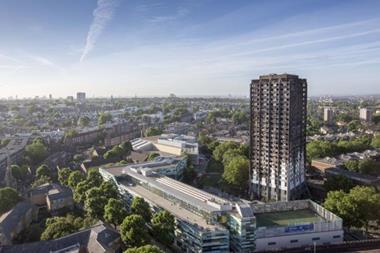

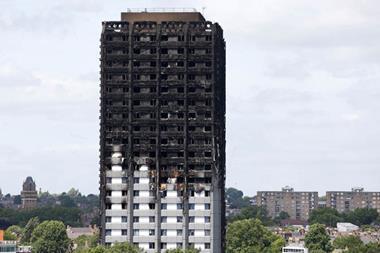

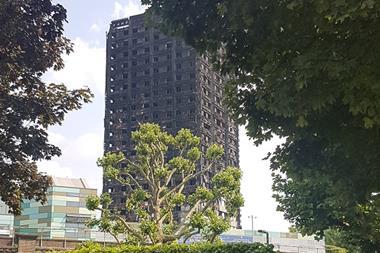
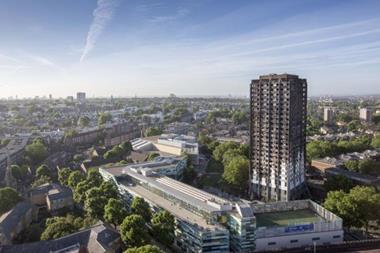
No comments yet